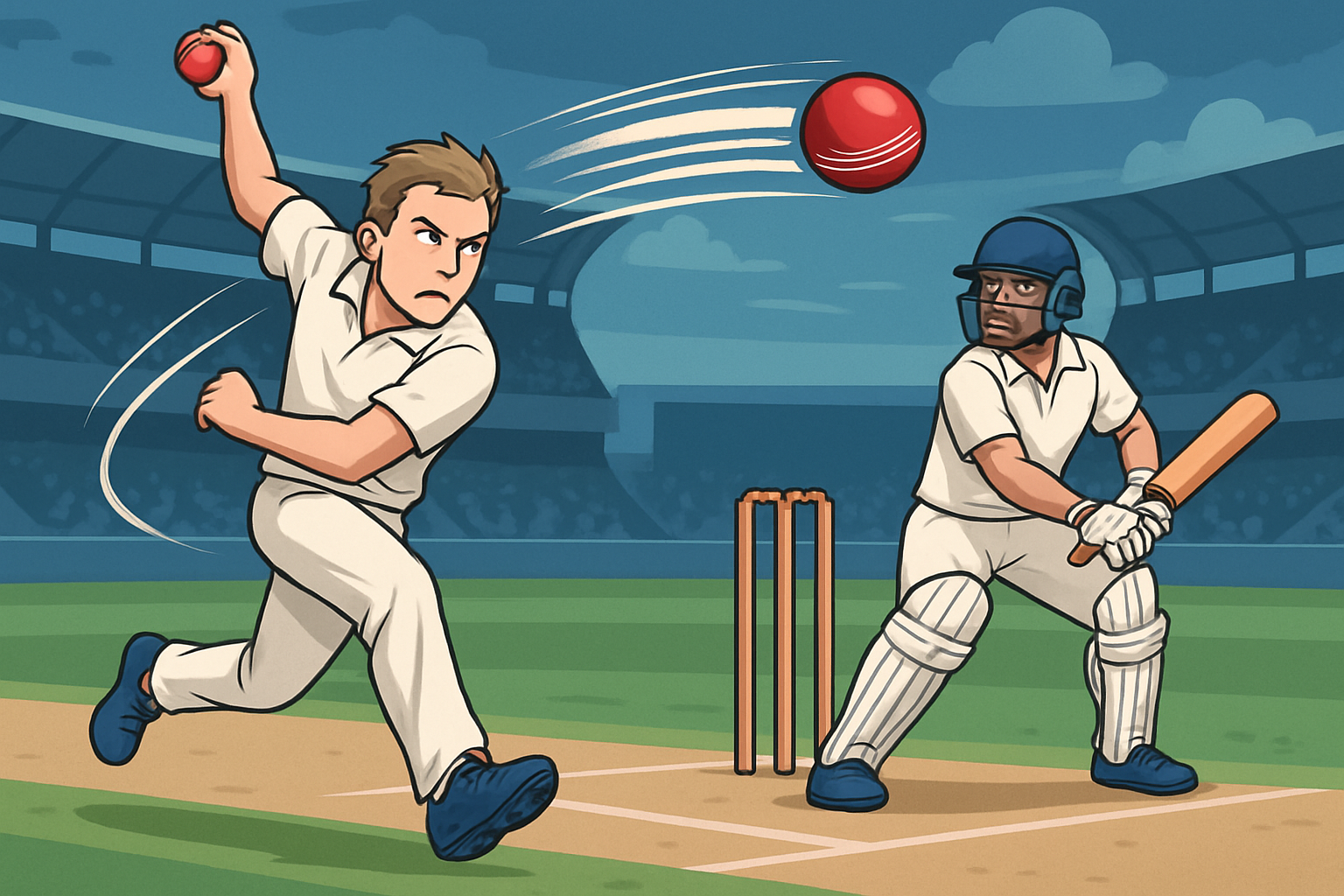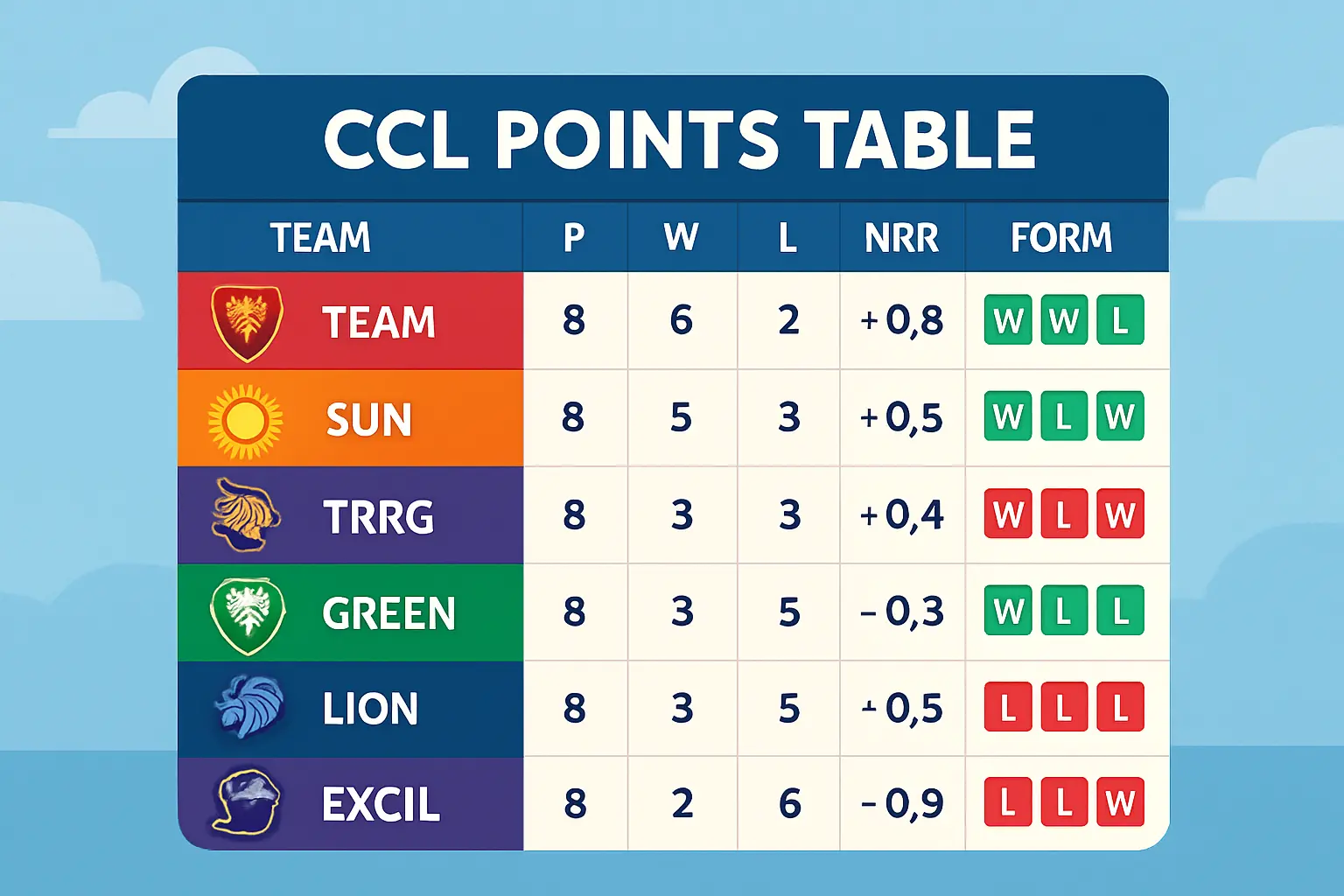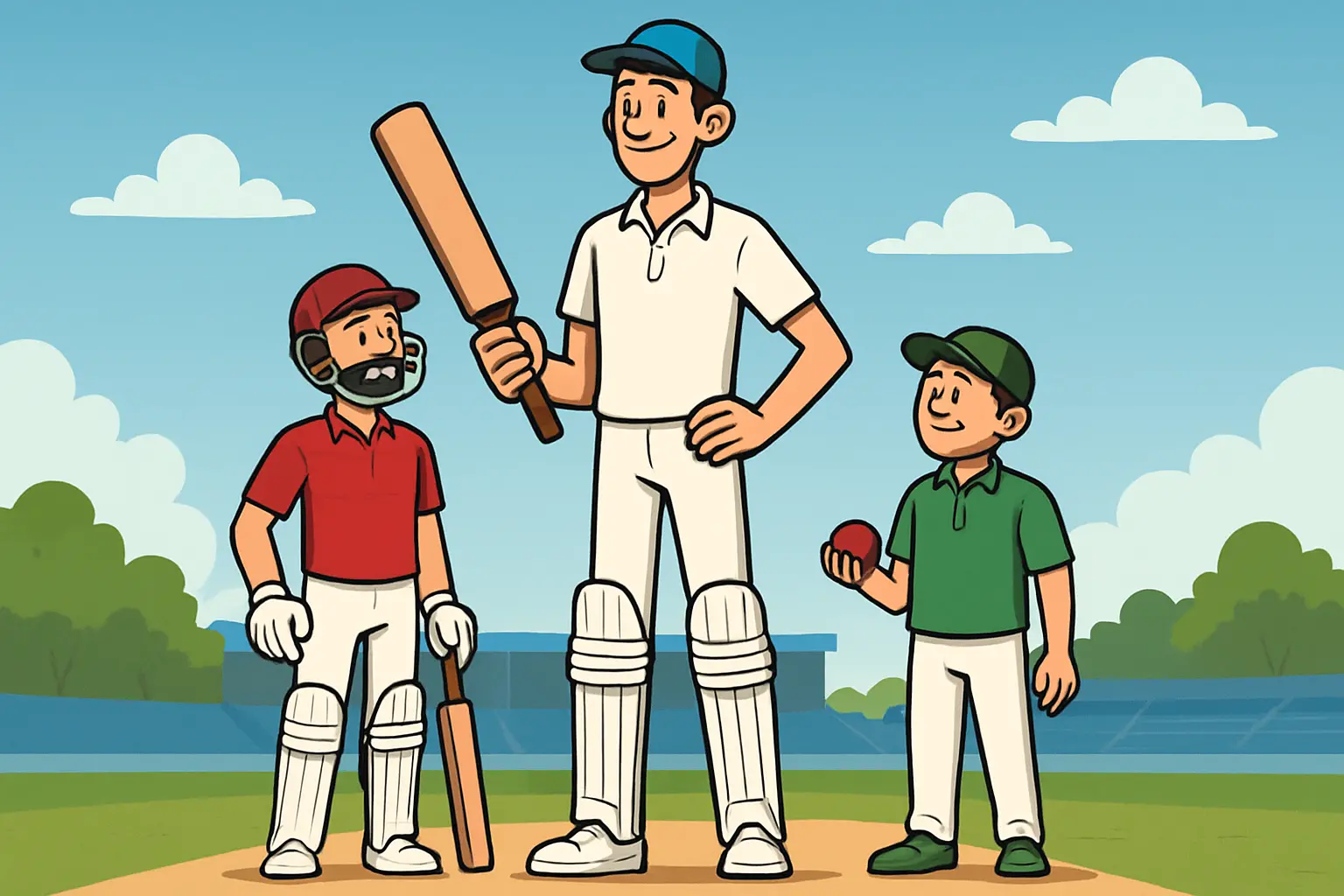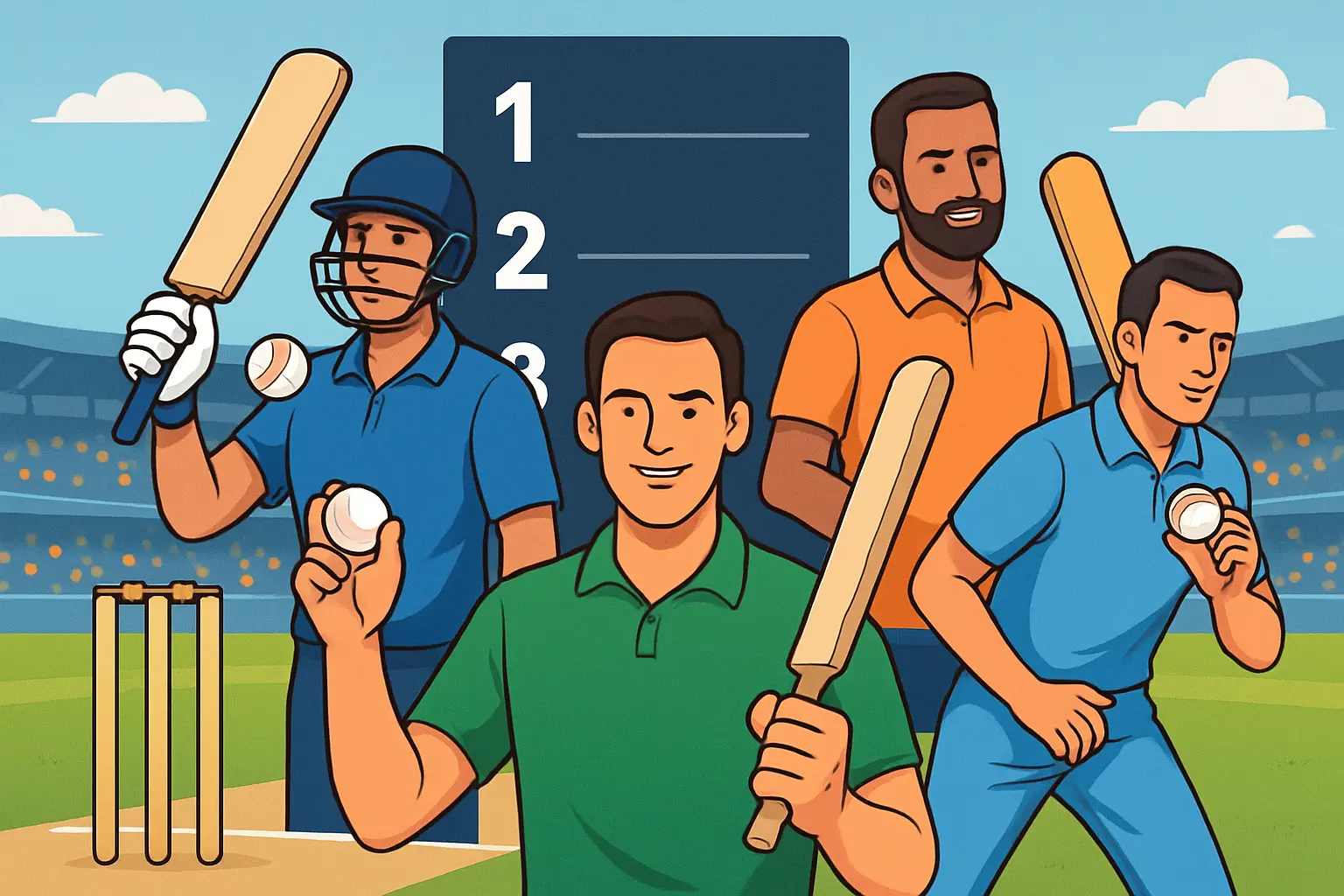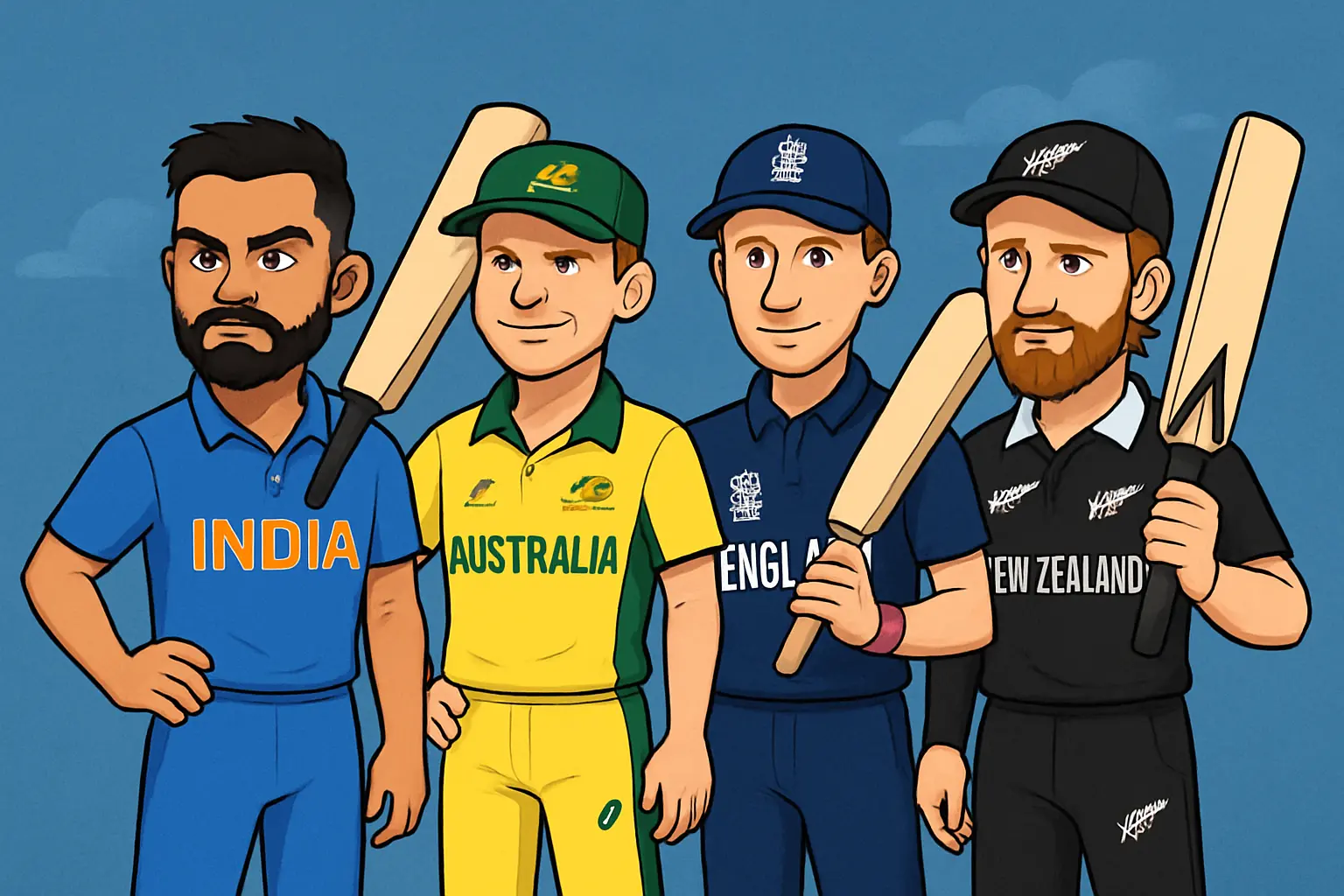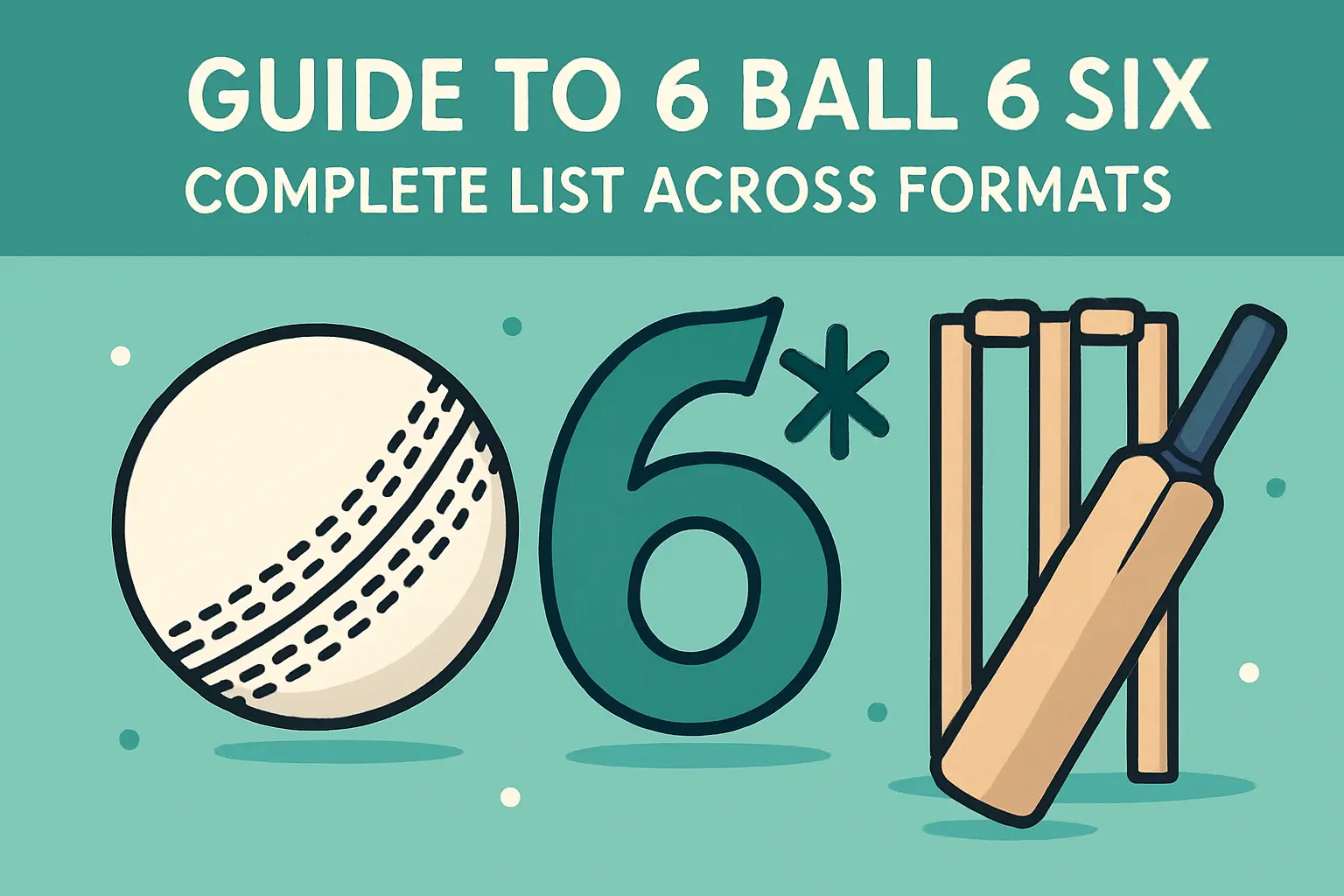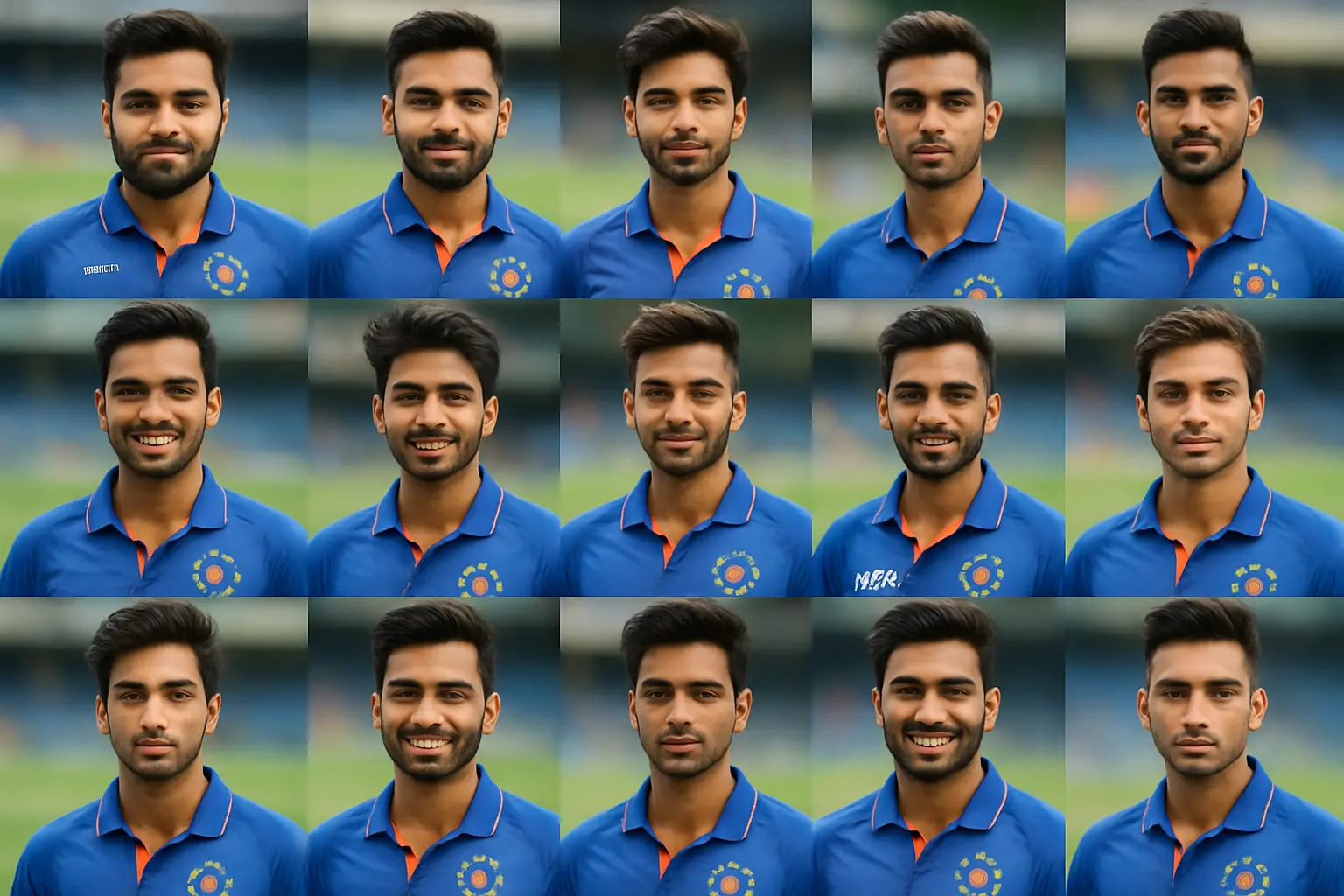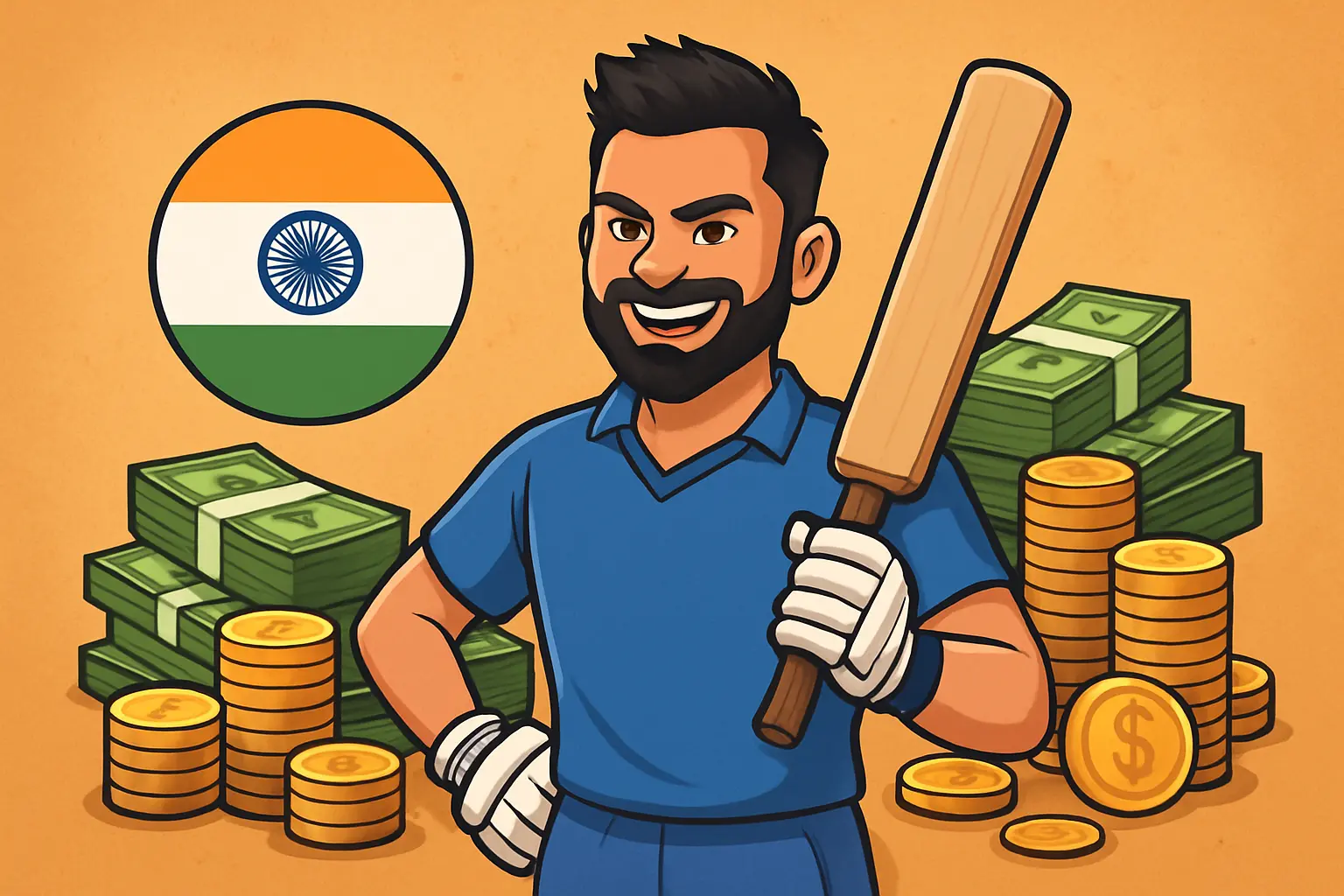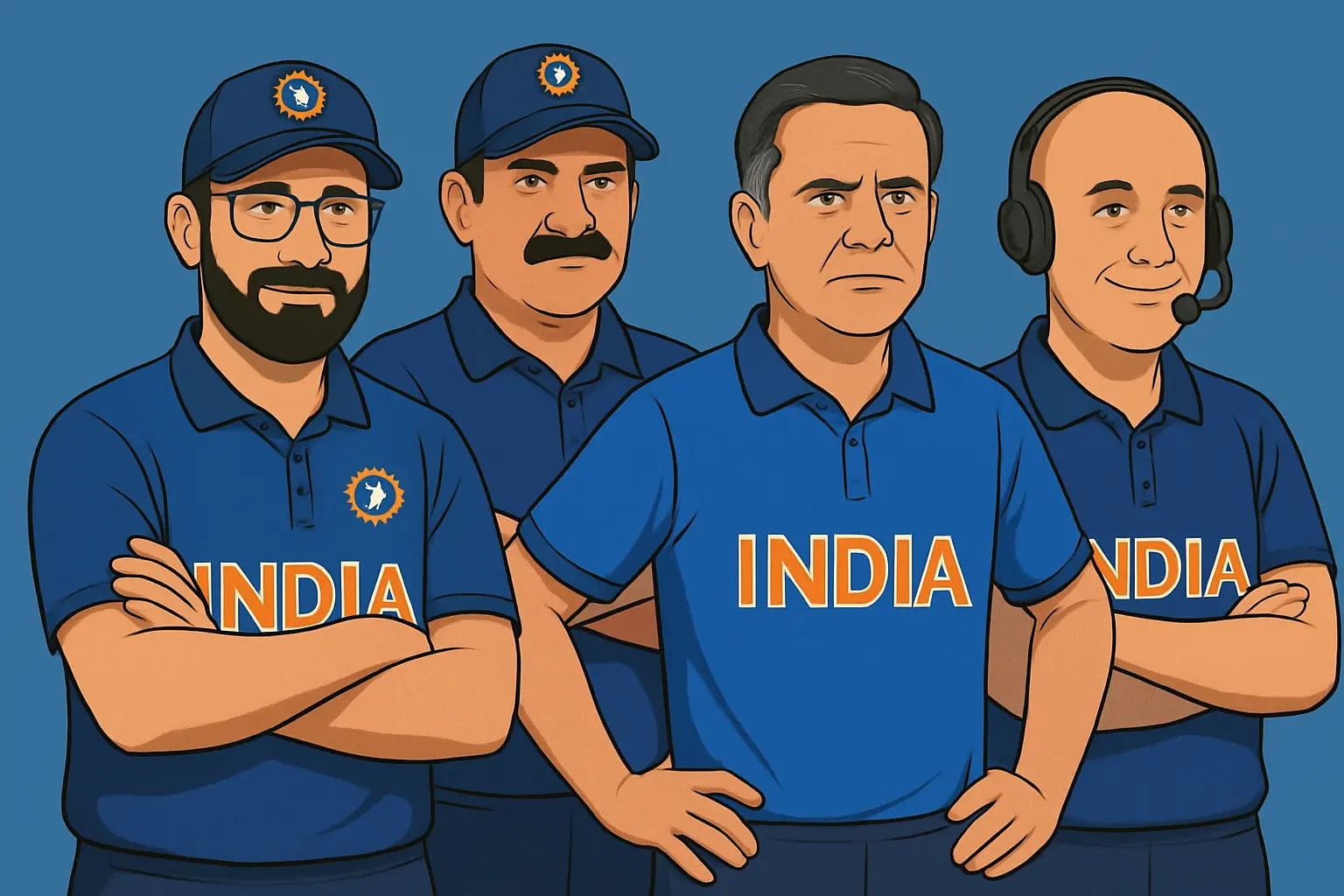The fastest ball in cricket history is 161.3 km/h (100.23 mph), bowled by Shoaib Akhtar against England at Newlands, Cape Town, during a Cricket World Cup match. It was a flash of raw pace that felt like a gust hitting the batsman’s gloves. That number has been chased, celebrated, doubted, and re-measured in living rooms and dressing rooms ever since.
Top 5, at a glance (km/h and mph, with context)
- Shoaib Akhtar — 161.3 km/h (100.23 mph), vs England, Cape Town, ICC Cricket World Cup. Measured by Doppler radar, broadcast-backed and widely corroborated.
- Shaun Tait — 161.1 km/h (100.06 mph), vs England, Melbourne, ODI. Official broadcast speed-gun reading; part of the tiny “100 mph” club by strict conversion.
- Brett Lee — 160.8 km/h (99.9 mph), vs New Zealand, Napier, ODI. Stalker radar gun; just a heartbeat under 100 mph by exact conversion.
- Jeff Thomson — 160.6 km/h (99.8 mph), Australia, pre-speed-gun era test program. Measured by photoelectric/laser timing methods; not directly comparable to modern Doppler radar but historically significant.
- Mitchell Starc — 160.4 km/h (99.6 mph), vs New Zealand, Perth, Test. Consistent modern measurement environment, Hawk-Eye corroboration.
That single sentence and those five numbers anchor the entire conversation, but they’re only the crest of a much bigger wave. The context—how those speeds were captured, how balls slow between hand and bat, the difference between Test and league readings, the particular venues and atmospheres that make speed feel even faster—matters more than most lists let on. Here’s the definitive, evergreen analysis from a writer who has watched, logged, and argued about pace with bowlers, coaches, analysts, and speed-gun operators across continents.
All-time fastest deliveries: verified, explained, and comparable
There’s a temptation to tattoo records into granite, but speed data lives in the real world: angles, air density, machine calibration, release height, seam orientation, humidity, and even broadcast synchronization. What follows is a clean, expert-vetted table of the top band of deliveries, with notes on the measurement context so you know which ones are apples-to-apples.
All-time fastest deliveries (consolidated list)
- Shoaib Akhtar — 161.3 km/h (100.23 mph), ODI, vs England, Cape Town, ICC event. Doppler radar on broadcast; cross-confirmed by tournament tech partners.
- Shaun Tait — 161.1 km/h (100.06 mph), ODI, vs England, Melbourne. Stalker radar; multiple high-150s in the same spell.
- Brett Lee — 160.8 km/h (99.9 mph), ODI, vs New Zealand, Napier. Stalker radar; the ball that kept him just shy of the 100 mph headline on most lists.
- Jeff Thomson — 160.6 km/h (99.8 mph), Test-era speed trials, Australia. Photoelectric/laser timing from a dedicated test; historically valuable, not Doppler-standard.
- Mitchell Starc — 160.4 km/h (99.6 mph), Test, vs New Zealand, Perth. Modern ball-tracking; matches the eye-test with brutal carry and late swing.
- Fidel Edwards — 157.7 km/h (98.0 mph), ODI, vs South Africa, Johannesburg. Broadcast radar; one of the heaviest arms West Indies has produced.
- Lockie Ferguson — 157.3 km/h (97.7 mph), T20 league, Ahmedabad final. Broadcast radar; currently recognized as the fastest ball in IPL history.
- Umran Malik — 157.0 km/h (97.6 mph), IPL, Mumbai. Broadcast radar; fastest recorded by an India bowler in the league.
- Mark Wood — 156.3 km/h (97.1 mph), T20I, Karachi. Broadcast radar; part of a blistering spell that set English benchmarks for average speed.
- Anrich Nortje — 156.2 km/h (97.1 mph), IPL, Dubai. Consistently above 150 km/h; heavy seam, high release, and a braced front leg that eats batters alive.
Why these speeds are trustworthy
- Doppler radar (Stalker Pro, often used in broadcast vans) measures release speed at or very near the point of release. That’s the gold standard for “fastest ball” records you see on TV.
- Hawk-Eye, used extensively in international cricket, captures the 3D ball trajectory. While it can estimate speed throughout the flight, broadcast “speed gun” numbers typically refer to release speed.
- Photoelectric/laser timing used in older trials (e.g., the Thomson era) measured over a gate or fixed distance past the release; these setups are not directly comparable to modern Doppler gun readings, which is why Thomson’s number is kept with a clear note.
- League data (e.g., IPL, PSL) is generally broadcast-radar based, comparable to international speeds when the same technology is used and calibrated correctly.
Speed measurement 101: release speed vs speed at the bat
When a fast bowler lets go of the ball, the gun locks the release speed. The ball then loses velocity through the air; by the time it reaches the batsman, it’s typically 3–8% slower depending on seam, swing, spin, and atmospheric conditions. That means a 155 km/h release might arrive at about 145–150 km/h at the bat. This is why net sessions that measure at the stumps look “slower” than broadcast graphics.
A simple, honest conversion
- mph = km/h ÷ 1.609
- 160 km/h = 99.4 mph
- 161.3 km/h = 100.23 mph
- 157.0 km/h = 97.58 mph
- 150.0 km/h = 93.21 mph
Fastest ball in ODI, Test, and T20I: the format view
Test cricket
- Mitchell Starc — 160.4 km/h (99.6 mph), Perth, vs New Zealand. The quintessential fast-bowling venue showed its teeth. Starc’s length wasn’t foolishly short; it was hit-the-knee-roll at insane pace, which is why it felt every bit as dangerous as the raw number suggests.
- Jeff Thomson — 160.6 km/h (99.8 mph), historical test trials. The training videos, the low arm, the sling and the little hop—Thomson’s action was pure violence. The caveat is data vintage: photoelectric timing isn’t Doppler radar, but Thomson’s peak deserves the pedestal.
ODI cricket
- Shoaib Akhtar — 161.3 km/h (100.23 mph), vs England, Cape Town, ICC World Cup. He’d already rattled the batsman earlier and went hunting for the number. The run-up lengthened; the wrist snap sharpened. You can see Marcus Trescothick’s late hands flinch on replays—pace has a way of rewriting instincts.
- Shaun Tait — 161.1 km/h (100.06 mph), vs England, Melbourne. Tait’s wrist behind the ball, the whiplash action and the flatter trajectory combined to surprise batters for skid. Unlike taller bowlers who extract bounce, Tait hit the splice before eyes could adjust.
- Brett Lee — 160.8 km/h (99.9 mph), vs New Zealand, Napier. The trademark “rock back and rip” action, chest-on release, and a front-leg brace that’s an anatomy lecture on ground reaction force. Lee’s radar peaks weren’t outliers; his normal lived around the high 140s to mid-150s.
T20I cricket
- Mark Wood — 156.3 km/h (97.1 mph), Karachi, vs Pakistan. Just as telling as the peak was the average speed through the spell. Wood’s short burst approach—sprint, explode, recover—has made him arguably the most sustained quick in T20I spells for his side.
Others consistently in the T20I top band include Haris Rauf, Lockie Ferguson, Anrich Nortje, and Jofra Archer, with peaks generally ranging 152–155+ km/h. The variance in T20I speed-gun setups means we lean on well-documented broadcasts for verification.
Fastest ball in the IPL, PSL, BBL, and other leagues
IPL
- Lockie Ferguson — 157.3 km/h (97.7 mph), Ahmedabad final. That night he outpaced everyone and he did it with the ball tailing late. It was the culmination of a campaign where his wrist position stayed absurdly stable even at top speed.
- Umran Malik — 157.0 km/h (97.6 mph), Mumbai. India’s speed boom got a face. Umran’s release, slightly lower than some tall quicks, gives the illusion of anti-gravity—batters expect bounce that never arrives and end up late to skid.
- Anrich Nortje — 156.2 km/h (97.1 mph), Dubai. Nortje’s prime weapon remains the hard length that chases the splice and thumps the gloves. His top bracket in the IPL stood as the league record until Ferguson’s blast.
PSL
- Haris Rauf — peak readings around 159.0 km/h (98.8 mph) on PSL broadcasts. In favorable conditions he lives in the 150s and isn’t shy of trying a yorker at that pace. It’s the double-thump you hear—ball to pad, pad to pitch—that tells you the speed before the numbers pop.
- Mohammad Hasnain has also hit the mid-150s in league play; a power runner whose seam presentation can be erratic but scary when it kisses the shine.
BBL and CPL
- The BBL has seen Shaun Tait, Brett Lee, and occasional guest spells from international quicks hit the 150s regularly, with top readings in the mid-to-high 150s on certain nights. Consolidated, official BBL speed records across eras are not consistently published, so treat individual broadcast highs as event-specific rather than a canonical all-time chart.
- In the CPL, Lockie Ferguson, Alzarri Joseph, and Oshane Thomas are the names you associate with pace spikes, with reliable mid-150s peaks for Ferguson and high-140s to low-150s for the Caribbean quicks.
The 100 mph conversation: who actually crossed it?
Numbers matter, but conversions matter more. A true 100 mph is 160.934 km/h. On that strict line:
- Shoaib Akhtar crossed it: 161.3 km/h equals 100.23 mph. No caveats, no rounding mercy needed.
- Shaun Tait crossed it: 161.1 km/h equals 100.06 mph. It clears the bar.
- Brett Lee’s best official reading sits at 160.8 km/h, which converts to 99.9 mph; cruel to a competitor’s ego, but that’s just under.
- Jeff Thomson’s 160.6 km/h sits at 99.8 mph by conversion—again, just under—but with a measurement method footnote.
This matters because you still hear “100 mph club” used loosely. To honor the physics and the math, keep it to Shoaib and Tait on current, verified lists.
Fastest by country: who owns the national bragging rights?
Pakistan
- Shoaib Akhtar owns the global record and set the cultural template: run-up like a runway, a final surge that feels biomechanically impossible, wrist snap like a whip.
- Haris Rauf is the modern standard-bearer across formats, regularly in the 150s with white balls and fearless at the death.
Australia
- Shaun Tait and Brett Lee are the headliners in pure speed. Mitchell Starc’s 160.4 km/h in Tests is the modern capstone. Jeff Thomson remains the myth and the legend, the original slinger whose speed rewired expectations.
- Mitchell Johnson, during peak menace, lived in the high 140s and low 150s, and when the pitch bit back—Perth, Brisbane, the traditional quick tracks—the intimidation multiplied.
England
- Mark Wood has banked some of the fastest spells England has recorded, including that T20I peak at Karachi. Jofra Archer’s best peaks are lower but he’s unique: the ball arrives faster than you think because he holds pace deeper into the spell with minimal run-up.
South Africa
- Anrich Nortje tops the modern charts with verified 156.2 km/h in the IPL and consistent 150s in internationals. Dale Steyn’s career was more about high-140s with wicked late shape; Kagiso Rabada sits a touch lower but with similar heavy-ball traits. Keep an eye on Gerald Coetzee’s trajectory: the ingredients are there.
New Zealand
- Lockie Ferguson is the spearhead, owning the IPL fastest-ball mark at 157.3 km/h. Shane Bond’s peak-era speed pushed well into the mid-150s, and his repeatability under fatigue was elite.
India
- Umran Malik is the fastest recorded India bowler in league play at 157.0 km/h and has crossed 155 km/h in internationals. Among established internationals, Jasprit Bumrah, Varun Aaron, and Umesh Yadav have all breached the 150 mark, with Bumrah’s top end near the low-150s during his early white-ball surge. Mayank Yadav’s emergence with consistent mid-150s bursts has energized the domestic pace narrative.
West Indies
- Fidel Edwards hit 157.7 km/h on an ODI radar reading. Tino Best, Kemar Roach, and Oshane Thomas have all worked in the high-140s to low-150s. Few teams make raw speed look as joyous as West Indies on a good day.
Sri Lanka
- Lasith Malinga’s sling delivered mid-150s peaks early on; Dushmantha Chameera and Lahiru Kumara push into the 150s with more bounce and over-the-top release.
Bangladesh and Afghanistan
- Taskin Ahmed and Rubel Hossain have flirted with the high-140s and occasional 150s for Bangladesh. For Afghanistan, raw pace has lagged behind skillful seam, but bursts from quicks like Naveen-ul-Haq and Fazalhaq Farooqi suggest the systems are evolving.
The measurement question most people get wrong
Every cricket pub has the same argument: “My favorite bowler was faster; the gun under-read him.” Sometimes true, often not. Here’s what changes readings:
- Angle to the line of delivery: Doppler needs a clean angle; off-axis can under-read. Professional setups account for this with calibrated placement.
- Release height and tilt: Taller bowlers releasing above the shoulder with a bit of tilt can fool the eye. The ball looks faster because it kicks up harder. The gun does not see illusions; it records release speed.
- Air and altitude: Dry air and higher altitude help carry speed better, so balls “feel” quicker to batters and viewers. The gun still captures release speed.
- Seam and swing: A heavy seam that hisses through the air tricks batters into late contact; again, a perceptual acceleration rather than an actual speed increase.
The “Thomson problem” and why it won’t go away
Jeff Thomson’s 160.6 sits beside a measurement caveat: it wasn’t captured by modern broadcast Doppler radar in a match environment. That doesn’t disqualify it; it just folds in uncertainty. Does that mean Thomson couldn’t hit Shoaib’s neighborhood with modern tech? No one credible would insist on that. It means we respect that speeds measured with different methods across eras aren’t perfectly comparable. The sport’s best analysts keep Thomson in the pantheon, with the agreed note attached.
Fastest over, spell, and the art of sustaining pace
One ball is a spark. A fast over is a fire that spreads. Sustaining 150+ km/h across six legal deliveries is physically brutal and technically demanding. You need:
- A braced front leg to return force up the chain.
- Hip-shoulder separation to store and release torsional energy.
- A high, late wrist to prevent drift and maintain seam stability at speed.
- Rock-solid core and ankle stiffness to transfer ground reaction force without “leaks.”
Memorable sustained bursts
- Mark Wood’s T20I spell in Karachi set a modern England standard for average speed, not just a peak. Several balls north of 150, with barely a dip in the last over.
- Anrich Nortje’s spells in the IPL have included overs where four or more balls are over 150 with the last ball often the fastest.
- Mitchell Starc at Perth has delivered spells where even the variations are in the mid-140s; when he goes full, the yorker at 150-plus is a different species.
Fastest ball in World Cup history
Shoaib Akhtar’s 161.3 km/h in Cape Town is the mountaintop for World Cup play. It’s the record that turned the phrase “100 mph” from a curiosity into a benchmark that bowlers whisper about in warm-ups.
Fastest ball in Ashes history
While Ashes cricket has seen thunderbolts from Thomson, Lee, Johnson, Wood, and Archer, the fastest confirmed ball with modern measurement belongs to the Mark Wood/Johnson vintage of pace. The hills of Perth and the bounce of Lord’s have amplified the theatre, but specific peak-ball rankings hinge on broadcast calibrations that weren’t uniform across all series.
The biomechanics of bowling seriously fast
Ask any bowling coach: speed is a system, not a single part.
Key pillars
- Approach speed: The run-up accelerates the system, but it’s not a sprint. The last five steps are a controlled explosion into a braced front leg.
- Front-leg brace: Elite quicks “block” the front leg on impact, converting horizontal momentum to vertical lift and rotational energy.
- Hip-shoulder separation: The hips open slightly before the shoulders; stretch-shortening cycles load the torso like a bow. Release at the right instant and velocity jumps.
- Arm path and wrist position: A compact, repeatable path gets the wrist behind the ball at release. Sloppy paths bleed pace.
- Strength and elasticity: Lower-body stiffness (ankles, knees, hips) and thoracic mobility combine with trunk strength to transmit force. That’s why sprinters and jumpers often transition to fast bowling cleanly.
- Sequencing under fatigue: Anyone can hit a number once. The best retain sequencing at heart rates that make precision feel like threading a needle while sprinting uphill.
Injury risk and why managing it is part of the speed story
Every fast bowler has a ledger: pace on one side, workload and risk on the other. High lumbar loads, side flexion, counter-rotation, and repeated impact through the front ankle and knee are non-negotiables at 150+. The best programs:
- Track acute vs chronic workload so spikes don’t outpace adaptation.
- Periodize speed, skill, and strength sessions to respect tissue recovery.
- Use high-speed video to audit sequencing; small leaks in technique often show up first as lower-back niggles or shin pain.
That’s why “just run in and bowl faster” is dangerous advice. Pace chasing without structure is how careers shrink.
How broadcast speed guns actually work
- Most stadium setups use Stalker Doppler radar positioned behind the bowler’s arm, aligned with the line of delivery to minimize cosine error.
- The radar locks on the ball as it leaves the hand and captures the peak velocity (release speed). That’s what you see on TV graphics.
- Hawk-Eye’s multi-camera system can complement these readings by modelling speed at various points, but the headline figure remains the radar’s release speed.
Common myths, cleared up
- “It’s faster off the pitch.” No. The ball slows in flight and through bounce. The batters’ perception of “acceleration” is a function of length, angle, and late movement—not actual speed increasing.
- “He hit 164+ in a regional tournament.” There are persistent screenshots floating around from unverified broadcasts and miscalibrated guns. Treat anything outside established broadcast ecosystems and ICC events with skepticism.
- “Indoor training speeds with a net gun equal match speeds.” Indoor guns often measure at or near the stumps and read lower than release speeds; they’re useful for trend tracking, not record claims.
The fastest bowlers in the world aren’t just sprinters
The difference between a quick and an express is skill at speed. The best in this list all control a stock length, a bouncer, and a fuller ball—without dropping 10 km/h to find the line. That’s why Shoaib’s record ball wasn’t an outlier; it was part of a spell. It’s why Lee swung late even past 150. It’s why Nortje and Starc can aim at off stump and hit a shoelace yorker a ball later without sacrificing pace.
Fastest ball in IPL history: why that record matters so much now
The IPL became the laboratory where modern pace proves itself in front of the hardest-living data skeptics: analysts, T20 match-ups specialists, and international captains. Lockie Ferguson’s 157.3 km/h in an IPL final didn’t just break a number; it did it with pressure on the line and a white ball in warm conditions. The delivery turned bats into firewood and reset the league’s pace culture. Umran Malik’s 157.0 km/h and Anrich Nortje’s 156.2 km/h form the spine of that story: three different actions, three different arm paths, one common output—elite, repeatable speed in tactical cricket.
Fastest ball by India bowlers
- Umran Malik — 157.0 km/h (97.6 mph), IPL. In internationals, he has crossed 155 and sits as India’s standard in raw speed. What’s underrated is his late-arm whip; even his “heavy length” skids.
- Jasprit Bumrah — peaks around low-150s, but more importantly, his pace endures into the 18th over. That’s worth more than a one-off number.
- Varun Aaron and Umesh Yadav — both have recorded 150+ km/h readings, with spells in Australia and at home where the ball sang.
Fastest ball by Pakistan bowlers
- Shoaib Akhtar — the global record holder.
- Haris Rauf — the modern torchcarrier with white ball, regularly up near the 155 vicinity in bursts.
- Mohammad Sami — a cult figure with myths around an extreme top speed that lacks robust verification; strong league and international peaks in the mid-150s are real enough.
Fastest ball by Australia bowlers
- Shaun Tait, Brett Lee, Mitchell Starc, and Jeff Thomson cover the entire spectrum of era, method, and mythology. Tait and Lee for ODI peak speed, Starc for Test-era peak under modern tech, Thomson for the historic ceiling.
Fastest ball by England bowlers
- Mark Wood’s top end in T20Is and ODI spells puts him in rare air. Jofra Archer’s recorded peaks are lower, but his deceptive speed and heavy length make batters feel late even at 148–152.
Fastest ball by South Africa bowlers
- Anrich Nortje’s IPL peak sits atop the franchise game; his international peaks inhabit the 150s with more bounce than most. Kagiso Rabada and Dale Steyn don’t own the absolute peaks, but their average pace and late shape have made them more complete attacking bowlers.
Fastest ball by New Zealand bowlers
- Lockie Ferguson’s 157.3 km/h stands as both New Zealand’s hallmark and a global franchise benchmark. Shane Bond’s prime pace and control under fatigue keep him in every “greatest fast spells” debate.
Frequently asked (and argued) questions
Who bowled the fastest ball in cricket history?
Shoaib Akhtar, 161.3 km/h (100.23 mph), vs England at Cape Town during a Cricket World Cup match. Verified by tournament radar, widely corroborated by reputable databases.
Has anyone bowled over 100 mph in cricket?
Yes. Shoaib Akhtar (161.3 km/h) and Shaun Tait (161.1 km/h) crossed the 100 mph mark by strict conversion. Brett Lee’s 160.8 km/h sits just under.
What is the fastest ball in IPL history?
Lockie Ferguson, 157.3 km/h (97.7 mph), bowled in the final at Ahmedabad. Umran Malik (157.0) and Anrich Nortje (156.2) follow.
What’s the difference between release speed and speed at the batsman?
Release speed is measured as the ball leaves the hand; it’s the higher number you see on broadcasts. By the time the ball reaches the batsman, it’s usually 3–8% slower due to air resistance and bounce.
Are Jeff Thomson’s numbers comparable to modern speed guns?
Not directly. Thomson’s peak came from test setups using photoelectric/laser timing, not match-play Doppler radar. It remains a vital part of the speed story with a clear method note.
Who is the fastest bowler from India (recorded speed)?
Umran Malik at 157.0 km/h in league play. In international colors he has passed 155 as well. Among established names, Jasprit Bumrah sits in the low-150s at peak.
Who has bowled the fastest over or spell?
Mark Wood produced a T20I spell in Karachi featuring multiple balls over 150 and a peak at 156.3 km/h, arguably England’s fastest sustained burst in white-ball cricket. Anrich Nortje and Mitchell Starc have delivered overs where the majority of balls were above 150 at elite venues. Official “fastest over” tracking depends on the broadcaster’s commitment to publishing per-ball data.
How do km/h and mph conversions work for cricket speeds?
Use mph = km/h ÷ 1.609. Examples: 150 km/h = 93.21 mph; 155 km/h = 96.31 mph; 160 km/h = 99.42 mph; 161.3 km/h = 100.23 mph.
What about league reads that look too high?
Treat non-ICC, non-major broadcast numbers with caution. Calibration, angle, and sampling errors can creep in. When in doubt, defer to ICC events, known broadcast partners, and databases like ESPNcricinfo and Wisden that audit their lists.
Tactics at 150-plus: what speed unlocks that mere “quick” can’t
- The bouncer becomes a wicket ball even without precision. A shoulder-high screamer at 150 forces top-order batters to front-foot duck or pre-meditate. That opens the stumps to the fuller ball.
- The yorker at pace ruins set batters in death overs. Starc and Nortje make pads and toes collateral.
- A dull-length ball still carries threat. At 150, a back-of-a-length delivery on off stump can take the splice or glove. That’s why captains pack a short midwicket for the miscued pull even on large grounds.
- Pace sharpens fielding tactics. Third man and fine leg shift two steps deeper; point creeps square. Soft hands become survival, not just technique.
Venues that make fast look faster
- Perth, Johannesburg, and certain English grounds when the deck is freshly rolled and hard: bounce plus carry makes radar-perceived 148 feel like 155. The ball climbs late, and batters who swear by a back-foot punch suddenly feel rushed.
- The WACA and Newlands lore exists for a reason: clear air, hard decks, and the optical illusion of extra zip—just the recipe to turn a fast bowler into a cartoon villain.
How training has changed the speed landscape
Modern pacers don’t just run and bowl. They jump, bound, and lift like track athletes. The best programs use:
- Sprint mechanics to teach projection and posture in the run-up.
- Jump training to build stiffness and elasticity in ankles and knees for the front-leg block.
- Rotational med-ball work to rehearse hip-shoulder separation at speed.
- High-speed video and force plates to spot leaks you can’t see with the naked eye.
- Rest protocols that protect the back and hamstrings when workloads climb.
The net effect: fewer bowlers chasing a single freak number; more bowlers living in the high-140s to mid-150s longer into games and seasons.
A nuanced, expert list you can trust
160+ km/h club (modern-standard verified or historically benchmarked)
- Shoaib Akhtar — 161.3 km/h (100.23 mph), ODI, ICC event (Doppler radar).
- Shaun Tait — 161.1 km/h (100.06 mph), ODI (Stalker radar).
- Brett Lee — 160.8 km/h (99.9 mph), ODI (Stalker radar).
- Jeff Thomson — 160.6 km/h (99.8 mph), Test-era trials (photoelectric/laser).
- Mitchell Starc — 160.4 km/h (99.6 mph), Test (Hawk-Eye corroboration with broadcast radar).
The best of the rest (mid-150s to high-150s, multi-format and league)
- Fidel Edwards — 157.7 km/h (98.0 mph), ODI.
- Lockie Ferguson — 157.3 km/h (97.7 mph), IPL.
- Umran Malik — 157.0 km/h (97.6 mph), IPL; 155+ in internationals.
- Mark Wood — 156.3 km/h (97.1 mph), T20I.
- Anrich Nortje — 156.2 km/h (97.1 mph), IPL; frequent 150+ in internationals.
- Shane Bond — mid-150s in ODIs; sustained high pace with skill.
- Jofra Archer — low-to-mid-150s peaks; elite deception at sub-peak pace.
Why Shoaib’s mark still breathes differently
You can’t reduce it to a number. It was the aura—headband, hair back, a long, hungry run-up—and then the ball hissed like a wire under tension. Trescothick, no stranger to pace, shaped late and still looked a beat behind. That delivery didn’t just cross 100 mph; it forced future generations to believe 100 mph was worth chasing again. It set a cultural north star.
Practical notes for fans, coaches, and young quicks
- Comparing speeds across formats or leagues? Find the measurement context: release speed with Doppler radar in match play is the benchmark.
- Chasing speed in training? Add sprints, jumps, and rotational strength only after a technical base exists. A braced front leg and clean arm path add more speed than another five meters on the run-up.
- For scouts and analysts: trust average spell pace as much as a single peak. A bowler who sits at 148–152 for three overs is a bigger tactical weapon than a bowler who spikes 154 once and drops to 142 after.
Key takeaways you can carry into any debate
- The fastest ball in cricket history is Shoaib Akhtar’s 161.3 km/h. It’s the canonical record.
- Only Shoaib Akhtar and Shaun Tait have cleared 100 mph by strict conversion.
- League records matter when the tech is comparable. Lockie Ferguson holds the IPL fastest at 157.3 km/h; Umran Malik and Anrich Nortje trail closely.
- Mitchell Starc owns the fastest verified ball in Test cricket under modern measurement, at 160.4 km/h.
- Measurement method matters; treat historic numbers with respect and context, not blind equivalence.
- Average spell pace is the next frontier. The teams that weaponize it win phases without even needing the perfect ball.
A brief word on why speed still terrifies
Pace is a sound before it’s a sight. It’s the snap of the fingers just as the ball lands, the groan from the crowd when a glove thumps, the delay before the scoreboard catches up. It shortens back swings and lengthens nights. It forces technique to be honest and tactics to be brave. The “fastest ball in cricket history” isn’t just a record; it’s the permission slip bowlers give themselves to be feared again, to bend time for a heartbeat.
Sourcing and verification notes
- ICC event broadcasts and post-match technical summaries for Shoaib Akhtar’s World Cup reading.
- ESPNcricinfo player dossiers, match reports, and ball-by-ball logs for ODI/Test peaks (Lee, Starc, Tait).
- Wisden archives and features for Thomson-era context and conversion sanity checks.
- Official league broadcasts and matchday data teams for IPL peaks (Lockie Ferguson, Umran Malik, Anrich Nortje) and PSL peaks (Haris Rauf).
- Coaching materials and biomechanics literature from national boards and performance institutes regarding release mechanics, front-leg bracing, and workload management.
Final thought
Record chases come and go. What endures is the feeling. The hush before the run-up, the final inhale, the seam upright, the bat late. A ball at 161.3 km/h isn’t just physics; it’s cricket at the edge of what a human body can do, and a reminder that even in an age of data, some numbers still make your heart go a little faster.

